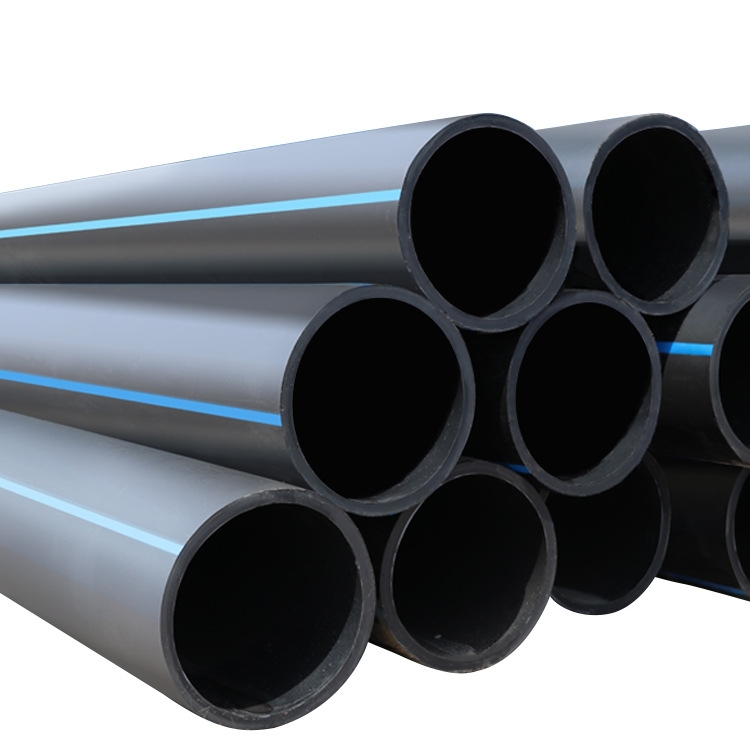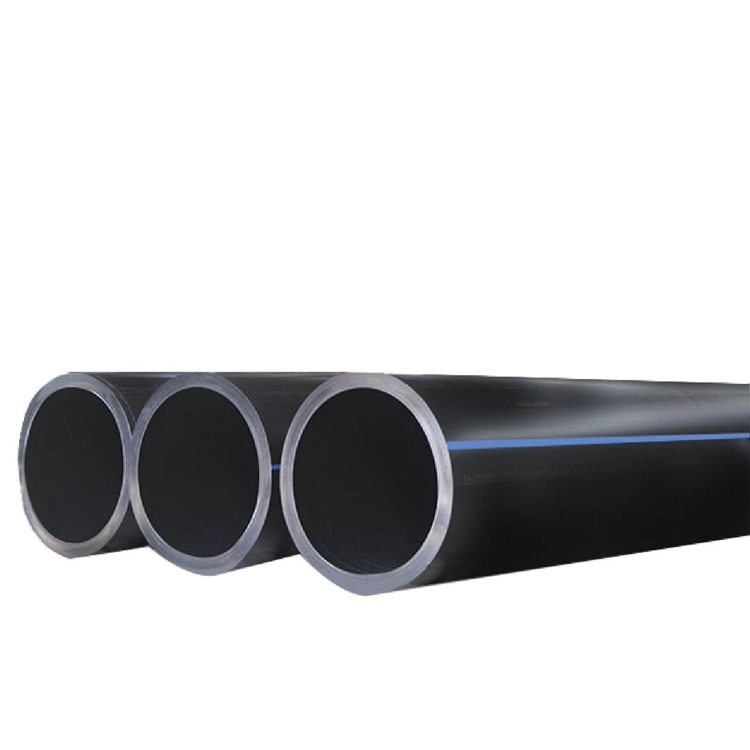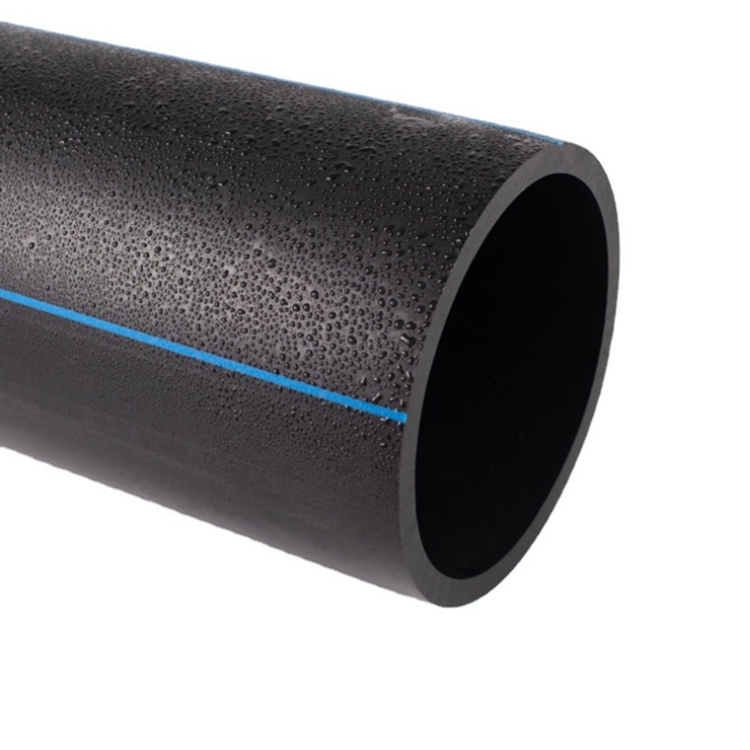HDPE Irrigation Pipes: Green Transformation, Global Layout, and Technological Trends by 2025
2025-11-06
Driven by global efforts in water conservation, agricultural modernization, and carbon neutrality, HDPE irrigation pipes have evolved from basic water delivery tools into core components of intelligent, low-carbon irrigation systems. Fueled by agricultural infrastructure investment plans, EU water-saving equipment certification standards, and the surge in smart farm construction in North America, manufacturers are committed to meeting regional water resource management needs, capitalizing on the green and intelligent benefits, and expanding application scenarios.
HDPE irrigation pipe technology has shifted from "meeting basic water supply needs" to "creating water-saving value," with green recycled materials, intelligent manufacturing, and scenario-specific performance as its core pillars.

Global Market Landscape and Regional Demand
The global HDPE irrigation pipe market is centered in China, Europe, and North America, with demand characteristics in each region influenced by regional agricultural conditions and environmental policies.
1. Core Market Demand Comparison (2025)
Core Driving Factors: Rural revitalization, high-efficiency water-saving projects, water resource protection, circular economy policies, smart agriculture promotion, precision irrigation demand
Main Application Scenarios:
Farmland irrigation (75%)
Greenhouse irrigation (18%)
Orchard drip irrigation (55%)
Landscaping (30%)
Large-scale farm sprinkler irrigation (60%)
Greenhouse hydroponics (25%)
Key Indicators: Abrasion resistance, service life of over 50 years, cost-effectiveness, proportion of recycled materials, water-saving efficiency, carbon footprint, UV resistance, pressure resistance, food-grade safety certification
New Demands: Drought-resistant low-pressure pipes, 100% recycled material products for hydroponics, rainwater harvesting system compatibility: IoT-connected flow monitoring, intelligent leak-proof function
Technological Upgrades and Performance Breakthroughs
HDPE irrigation pipe technology has shifted from "meeting basic water supply needs" to "creating water-saving value," with green recycled materials, intelligent manufacturing, and scenario adaptability as its core pillars.
1. Green Materials: Life Cycle Carbon Reduction
Using bio-based HDPE materials reduces raw material carbon emissions by 25% compared to traditional materials.
BASF's 20% recycled HDPE irrigation pipes passed an 8000-hour hydrostatic test (80℃, 1.0MPa), with performance deviations less than 4% of virgin materials. This material has been adopted by Netafim Europe, reducing carbon emissions by 30% per meter.
To meet the EU's 2026 requirement for recycled material content (≥25% for irrigation products), Chinese companies have upgraded their recycling systems—the recycling rate of waste HDPE irrigation pipes in East China has reached 50%.
2. Smart Manufacturing: Improved Efficiency and Precision
Digital twin production lines reduce specification adjustment time from 3.5 hours to 28 minutes, significantly reducing debugging waste and lowering the product defect rate to below 0.6%.
Artificial intelligence visual inspection systems can identify wall thickness deviations of 0.03 mm and surface defects of 0.1 mm, saving each production line 750,000 RMB in raw material costs annually.
Intelligent continuous extrusion technology has increased production efficiency by 30%, while automated packaging has reduced transportation damage rates from 2.8% to 0.4%.
3. Scenario-based Functions: Expanding Application Boundaries
Anti-clogging HDPE drip irrigation pipes (98% anti-clogging rate) have replaced traditional PVC pipes, reducing maintenance costs for large farms by 40%.
High-flow HDPE pipes used in arid regions can save 8,000 cubic meters of water per 100 acres (approximately 6.67 hectares) annually, increasing irrigation efficiency by 35%.
Differentiated Products: High-temperature resistant pipes (Vicat temperature ≥120℃) are suitable for the Middle Eastern desert regions; low-temperature reinforced pipes (impact resistance -20℃) are suitable for the cold regions of North America, capturing 58% of the regional market share.
Future Trends and Corporate Strategy
1. Lightweight Optimization: The wall thickness of DN32mm SDR11 pipes has been reduced from 3.0mm to 2.7mm, improving pressure resistance by 12% and reducing weight by 10%.
2.Smart Upgrade: HDPE pipes equipped with IoT technology have built-in flow and pressure sensors and are currently undergoing field testing in the United States. They are expected to become the high-end market standard by 2027.







